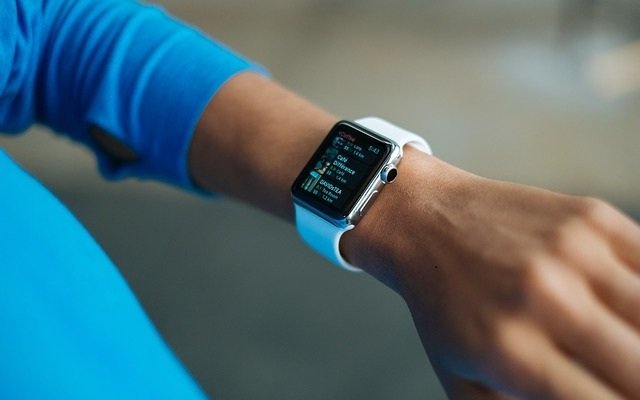It’s an interesting study of how quickly the idea of self tracking through “quantified gain” has become a prime aspect of lifestyle consciousness. In the USA, more than half of all smartphone users have downloaded a health/fitness related app into their devices and the trend is quite the similar in other parts of the world too. This has also brought about hard times for health related hardware manufacturers. Fitbit stocks fell by as much as 16% in the initial days of 2016 and Jawbone, a well known fitness manufacturer, lay off more than 50% of its workforce due to falling demands.
The competition isn’t smooth in the app market either. Today, every smart device manufacturer is competing with an app. Plus, there are several other independent competitors including Nike, Google, JIMS and thousands more. Some studies even suggest that people are beginning to trust their fitness app more than their doctors in 2016! While, all of it sounds good, what will be the most accurate app to follow, as of now?

Why Apple Watch?
The findings of the Cleveland Clinic showed that the Apple Watch provided 91% accuracy in tracking while the average rate of precision among other wearable was a low 80s. Further, the accuracy meter dropped substantially when it came to more intense workouts than jogging or cycling.
Apple has long been known to be among the top companies prioritizing research and development for everything they choose to bring into the market. In fact, it is the highest spenders with $6 billion going annually to R&D. Consequently, the focus of its products has been quality and relevance rather than cost cutting – which seems to be the core competitiveness of competing products. Added to this, Apple had always brought about new features and updates to its fitness devices and apps, keeping them above competition. Additional technologies like water resistance and GPS mapping further add to the relevance of the Apple Watch being a personal fitness guide for users.
Fitbit v/s Apple Watch
Apart from Apple Watch, Fitbit is the only other known and widely popular smart fitness tracker. Fitbit was launched in 2007 and it was also the brand that pioneered the idea of wireless technology and sensors playing a more intense role in personal fitness. Their devices are better called ‘activity trackers’ and don’t support a very wide range of app like the Apple Watch. Both Fitbit and Apple Watch keep track of the number of steps a user takes, the distance run, the distance travelled and the calories burnt. Using historical data and BMI vales, they set daily goals for the user. Serious runners have initially dismissed the Apple Watch since Fitbit offered feedback for more complicated activities like climbing, the calories burnt on a hilly route, cross training, cardio workouts, strength training and even biking. However, things flipped when Apple launched the Series 2 Smart Watch. The new product offered features similar to Fitbit surge and had built in GPS to take care of the landscape traveled upon.
Activity tracking is one of the several features of the Apple Watch (while its core to Fitbit) but it does an excellent job of it. The Apple Watch’s fitness tracking is divided into activity tracking (movement, wellness, health, daily routine) and workout routine (calculating the calories burnt in cycling, walking, running etc). The Apple Watch will take into account anything that is as smooth as a brisk walk, making it much more accurate than Fitbit. Further real time statistics for pace, distance, calories, exercise timing, etc makes it is much more of a sports tracker than other alternatives in the iTunes or Play Store.
Health apps have the maximum amount of downloads when it comes to app category but people who are more serious about their fitness go for wearable like the Apple Watch. It helps to have accuracy on your side.

